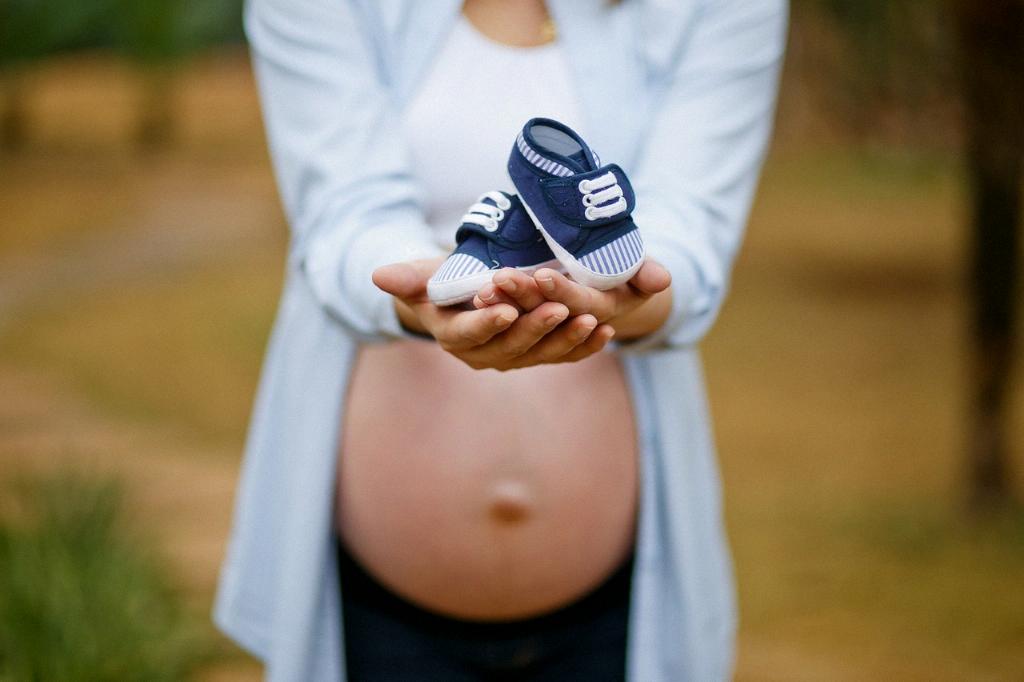Let’s delve into the world of pregnant guppies and the considerations that come with their care. When it comes to the question of whether you should place your pregnant guppy in a separate tank, the answer is a resounding yes. The reason behind this recommendation is quite simple but crucial for the safety of the soon-to-be guppy fry.
First and foremost, it is essential to understand the behavior of male guppies. Male guppies have a tendency to eat the babies once they are born. This may sound harsh, but it is a natural instinct for them. If the pregnant guppy is not removed from the main tank, there is a high likelihood that the male guppies will prey on the vulnerable fry, leaving you with a disappointed and potentially decreased population of new guppies.
Another critical point to consider is the stress that the pregnant guppy may experience in a tank shared with other fish, especially if those fish have a tendency to nip or chase her. Considering that pregnant guppies are more vulnerable and can be stressed easily, providing a separate tank offers a peaceful environment where she can carry out her pregnancy without disturbances.
Moreover, separating the pregnant guppy also allows you to closely monitor her health and well-being during this crucial time. You can ensure she is receiving the appropriate nutrition and observe any changes in behavior that might indicate complications or health issues that require immediate attention.
Furthermore, having a separate tank for the pregnant guppy provides the ideal set-up for a birthing space. Guppies are known to give birth frequently, and having a dedicated tank with appropriate hiding spots and plants can mimic their natural habitat, offering a safe and comfortable space for the guppy to deliver her fry.
Additionally, the presence of other fish in the main tank can lead to increased competition for food, potentially reducing the amount of nourishment available to the pregnant guppy. By placing her in a separate tank, you can ensure that she receives adequate food without having to compete with other fish, promoting her health and the health of her offspring.
It is also worth noting that separating the pregnant guppy from the main tank reduces the risk of potential diseases or infections that could be transmitted by other fish. Keeping her in a separate, controlled environment minimizes the chances of contamination and provides a hygienic setting for the pregnant guppy.
Moreover, the act of isolating the pregnant guppy in a separate tank allows you to create an optimized environment for the newborn fry. With fewer predators and competition for resources, the fry have a better chance of survival and growth, setting them up for a healthier start in life.
Furthermore, maintaining a separate tank for the pregnant guppy enables you to easily observe the birthing process and monitor the number of fry produced. This information can be valuable in tracking the reproductive cycle of your guppies and planning for their care and potential future breeding projects.
Additionally, separating the pregnant guppy can serve as a practical and educational experience for guppy enthusiasts. By witnessing the birthing process and caring for the fry in a separate tank, you can deepen your understanding of guppy breeding and contribute to the preservation and health of these captivating fish.
Overall, the decision to place your pregnant guppy in a separate tank is a beneficial choice that prioritizes the well-being of the mother and her offspring. By providing a stress-free environment, ensuring proper nutrition, and facilitating the birthing process, you can support the guppy’s reproductive journey and contribute to the success of future generations in your aquatic community.

